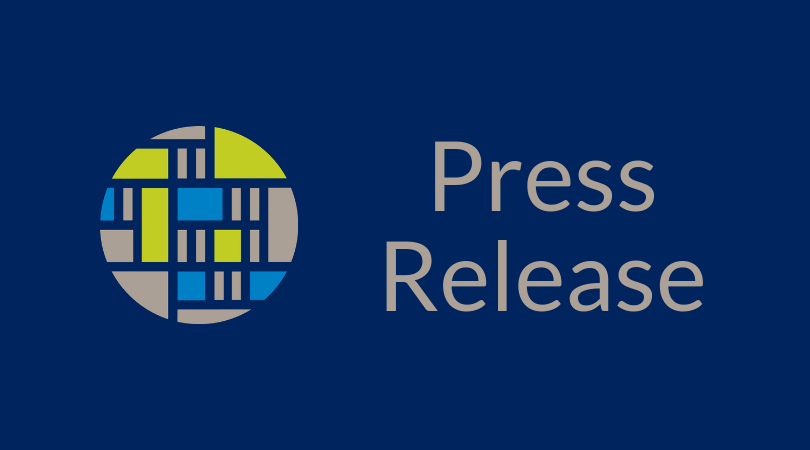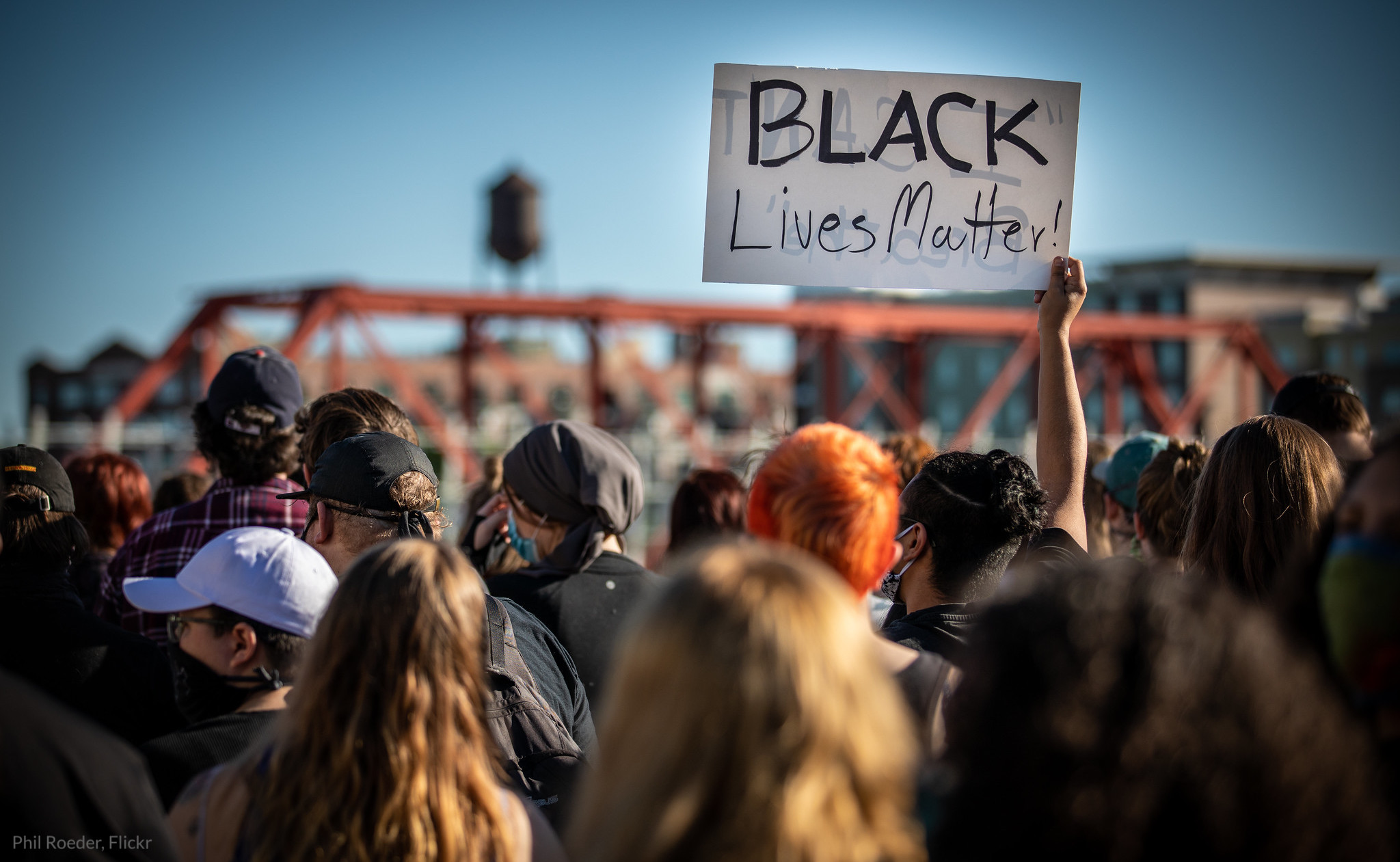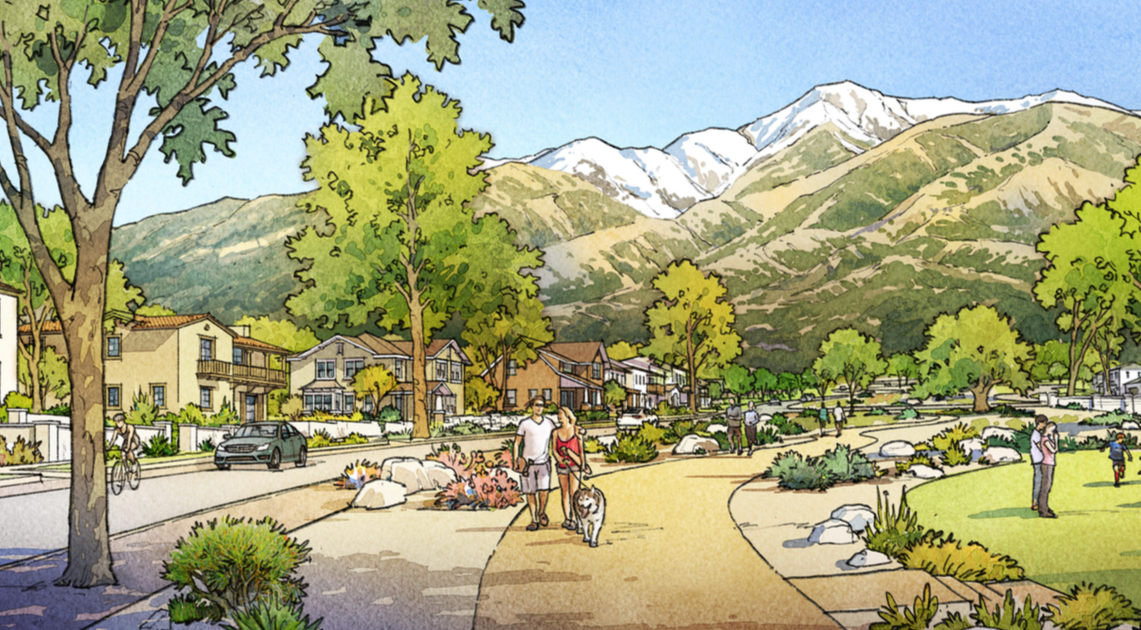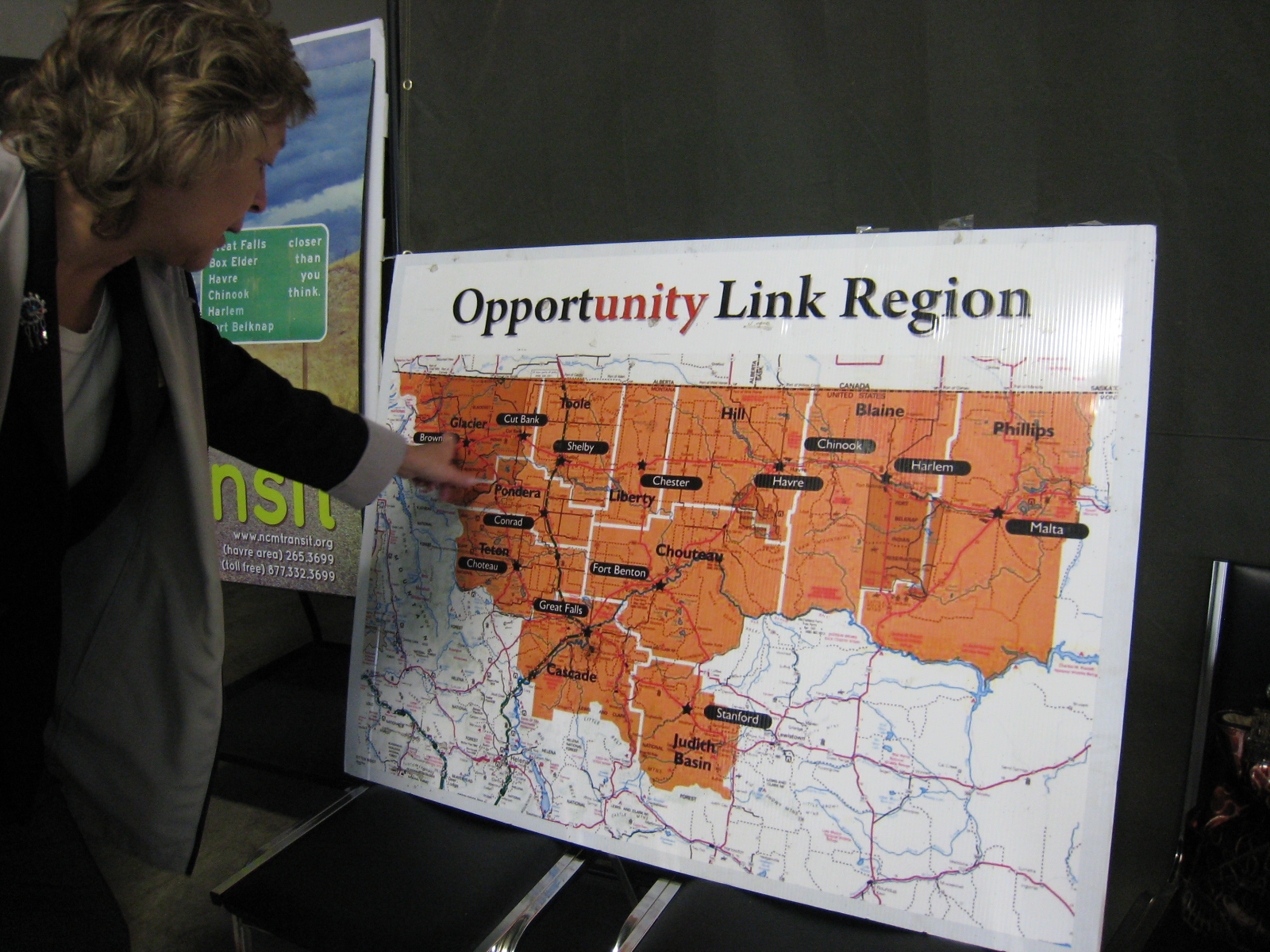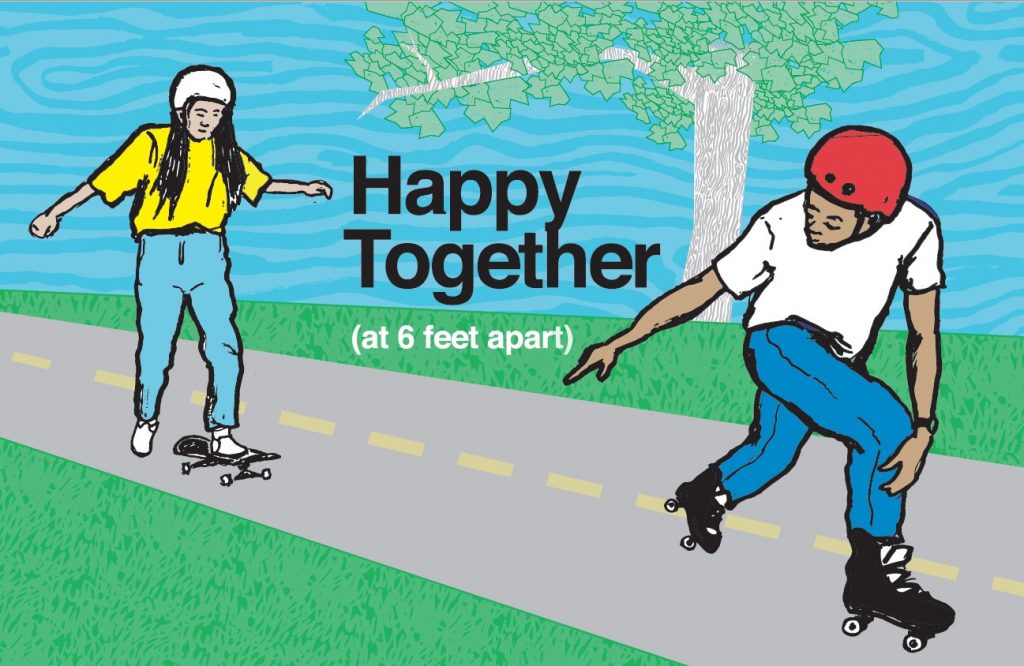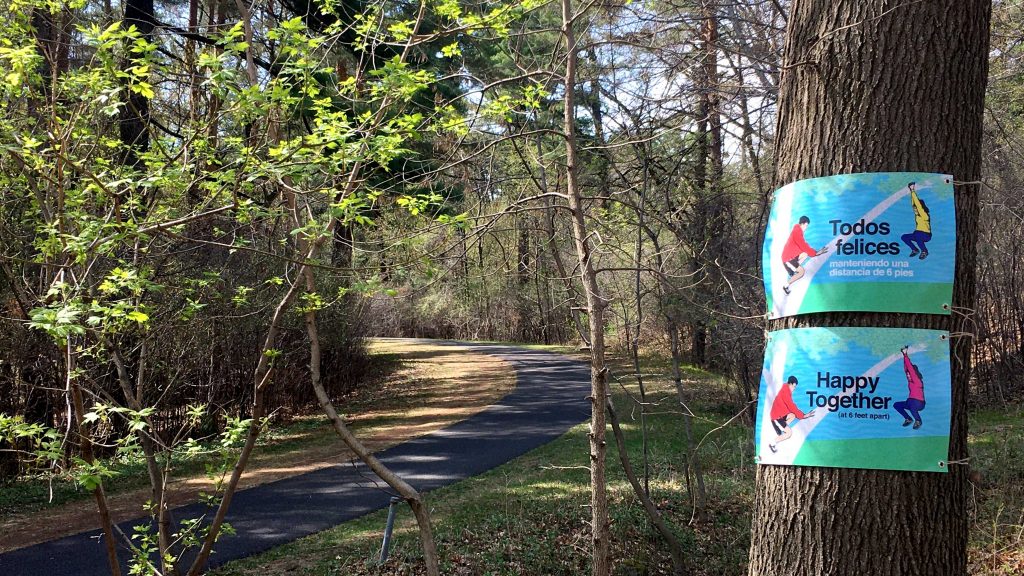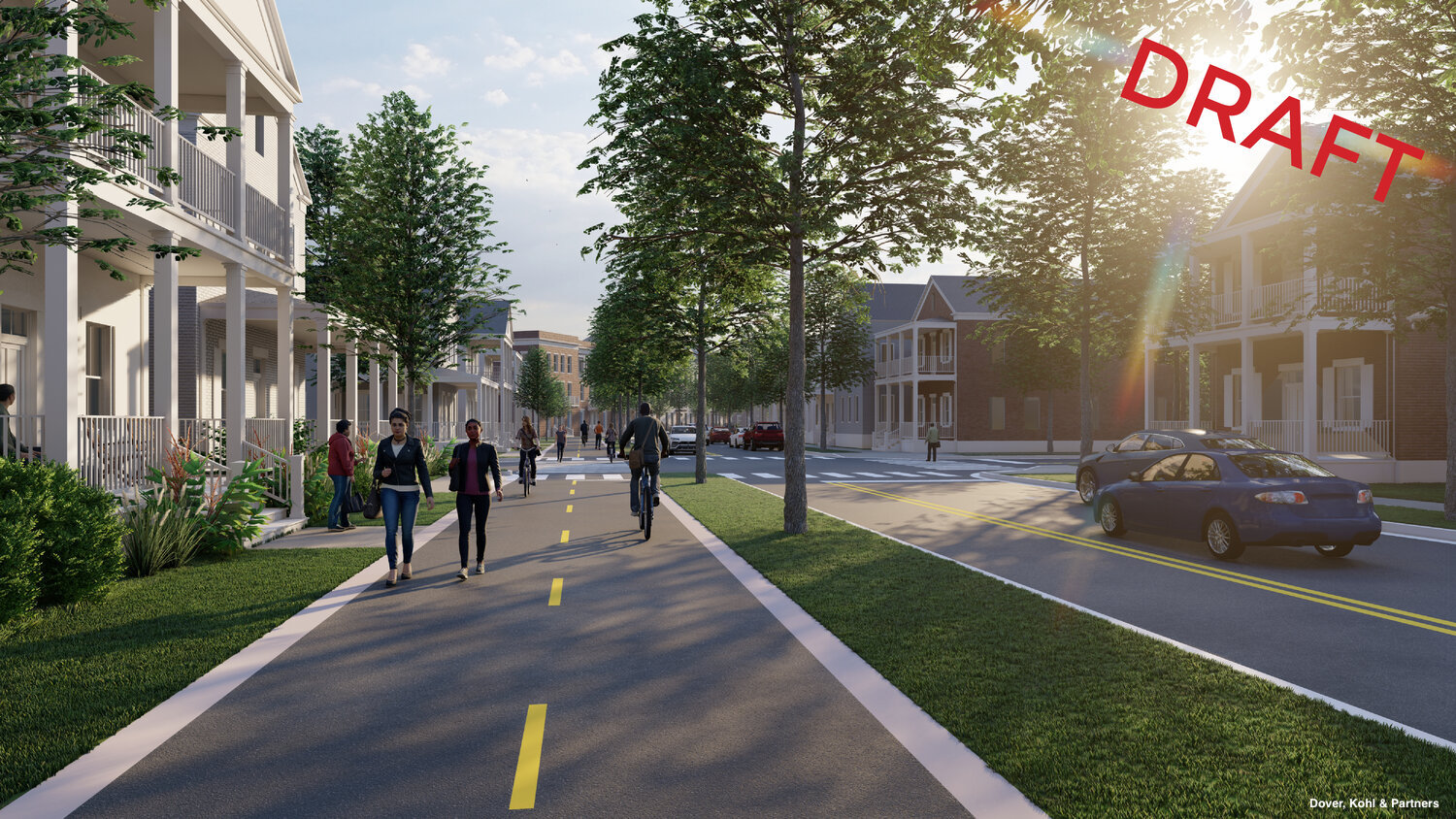Webinar recap: Tools and techniques for virtual community engagement

Last week, we hosted “Tools and techniques for virtual community engagement,” the second of three webinars hosted by the Form-Based Codes Institute and the National Charrette Institute. Speakers explained how to develop a framework for thinking about how people engage online and shared specific approaches to virtual community engagement in Kalamazoo, MI and Cambridge, MA. A recording and recap are now available.
